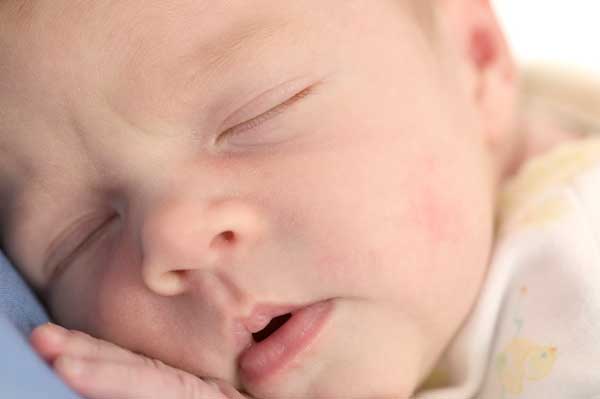It seems that even for the smallest of people, a gentle massage may be beneficial. Newborn intensive care units (NICUs) are stressful environments for preterm infants; mechanical ventilation, medical procedures, caregiving activities and maternal separation create these stressful conditions.
Born under-developed, preemies have an immature autonomic nervous system (ANS), which controls stress response and recovery. For a preemie, even a diaper change is stressful and the immature ANS over reacts to these stressors. Since preterm infants can’t process stressors appropriately, interventions are needed to enhance ANS function and maturity.
Massage therapy may reduce stress in preterm infants by promoting ANS development. A study published recently in Early Human Development, conducted by University of Louisville School of Nursing researcher Sandra Smith, PhD, and her team at the University of Utah, found massage therapy that involved moderate pressure and stroking of the soft tissues followed by flexing and extending the joints of the arms and legs increased heart rate variability (HRV) in male, but not in female preterm infants.
HRV is a measure of ANS function and development. Infants who are born at term gestation demonstrate increased HRV, but preemies typically show decreased HRV and an inability to appropriately respond to stressors. Massaged male preterm infants demonstrated increased HRV similar to term infants, which supports their ability to correctly respond to stressors.
Researchers measured HRV during periods of sleep and caregiving immediately after massage therapy at the end of the second week of study in 21 medically stable male and female preterm infants. There was no difference in HRV between female preterm infants that received massage and those that did not. HRV increased weekly in the four male preterm infants that received massage therapy but did not increase in the male infants that did not receive massages. This finding suggests that massage enhanced development of the ANS in male preterm infants and may improve preterm infant response to stressful events.
“We were surprised to learn the differences in the impact of massage therapy on preterm boys and girls,” Smith said. “Boys who received massage therapy demonstrated increased heart rate variability, but the therapy did not seem to affect HRV in girls – perhaps there are hormonal reasons for this difference.”
Smith said future research is needed with a larger sample of preterm infants to understand how massage therapy affects ANS development, and to determine the mechanisms by which massage therapy promotes ANS function in preterm infants.
Source University of Louisville











